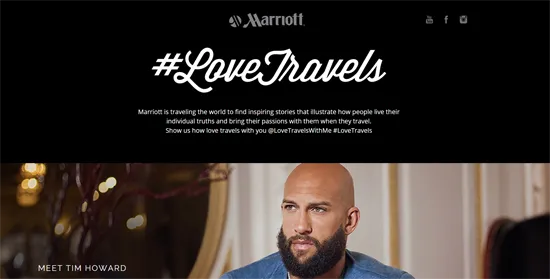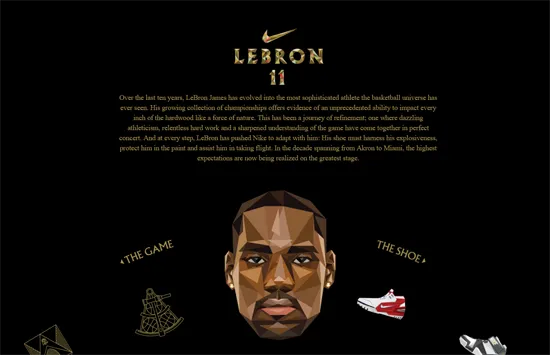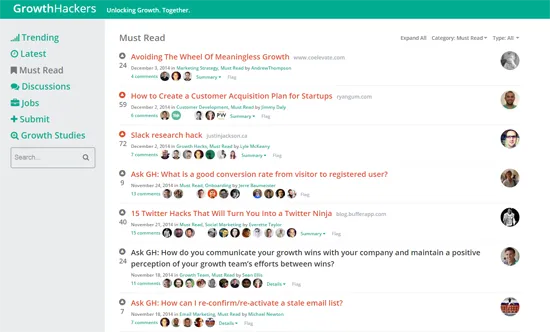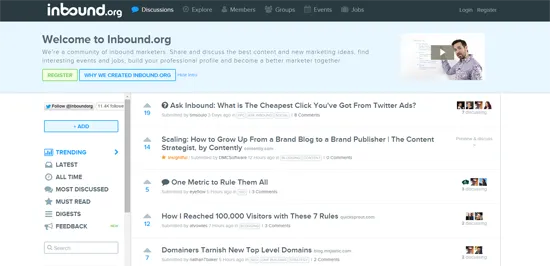Growth Experiment Playbook: MicroSites
As we continue to plan out next years’ growth experiments and marketing campaigns we typically look to case studies from the web to try and pick out a couple examples that could work for our own company.
In this article I’m going to look at the value of microsites and show you a couple examples from brands like Nike and Marriott as well as how startups like Qualaroo, HubSpot and Moz have gotten into the game. I’ll cover the common themes that each site uses and ultimately how those concepts can be used to fuel your own company’s growth no matter the size.
MicroSite Creation

Marriott uses the lovetravelswithme.com microsite to tell the stories of their travelers. Giving them a great opportunity to use a celebrity endorsement from Team USA soccer goalie Tim Howard as well as encourage user-generated content and social sharing with the #lovetravels hashtag.
The use of large imagery and typography keep the user focused and draws them into the stories of these unique travelers. Encouraging the user to submit their own story with a live feed of other user generated content is an excellent use of a CTA that uses social proof to get the user to take action. Marriott is using Pixlee to power their users’ photo-collection.
Nike

This microsite to celebrate the LeBron “11” Nike Basketball Shoe gives fans an intimate look at the development of LeBron James and how he has dominated the basketball court since he came into the NBA. It also gives fans a timeline of the past shoes Nike and LeBron have created together over his career.
The single navigation wheel is visually compelling and lets the user dive into the history of LeBron and his signature series of shoes without interruption. The use of polygonal imagery and vector illustrations enhance the modern look and feel of the website; which ensures the viewing delight of basketball fans and sneaker-heads alike.
There’s also been some successful cases of startups like Qualaroo, Moz and HubSpot using microsites to build and maintain their own communities. Proving that the benefit of creating microsites can be highly valuable for companies of any size as it gets your target audience engaged with your brand.
One of the benefits from separating the experience from your brand’s website is you can use different forms of branding to reach new target audiences.
GrowthHackers.com

GrowthHackers.com was spearheaded by Sean Ellis and the team at Qualaroo. By dedicating their time to seed the initial content and moderate submissions they’ve been able to create a highly active and engaged community of potential customers. They now are focusing the site toward engaging discussions like live AMA’s and community meetups.
This is a great example of a dedicated effort by the moderators to maintain a standard of high-quality content in a difficult niche as internet marketing forums and communities can easily be derailed by spam.
Inbound.org

Co-Founded by Rand Fishkin(Moz) and Dharmesh Shah(HubSpot) Inbound.org is a community of internet marketers that engage in discussions mainly about SEO and Content Marketing.
By focusing on interaction between members the site has quickly grown the place for inbound marketers to talk about the ever-changing industry. Creating a niche community of highly engaged potential customers helps naturally steer the community towards their products at HubSpot and Moz.
Like we saw with GrowthHackers.com, as their community matures they are increasing their focus on engaging discussion and interaction between members. One thing that differentiates the two communities is Inbound.org’s member profiles. The profiles are more in-depth and similar to creating a LinkedIn profile with various skills and experience fields you can fill out.

Your Own MicroSite Experiment
You can create a lean experiment to create your own microsite. First step you can take is to spec out the design, development and marketing resources needed to pull it off. Hint take shortcuts like buying a pre-made theme off of sites like ThemeForest.
The key to any campaign like this is asking yourself: What are you trying to accomplish? Are you looking to reach a certain type of user? What kind of content are they attracted to? How can you relate that to your company? What does success look like?
TL;DR
Micro-sites are nothing new, big brands like Nike and Marriott have been using them for years to increase their brands’ reach and visibility. Now with the lower barrier to entry to create a well-designed site, smaller companies can join in to create a microsite of their own to try and attract potential customers.